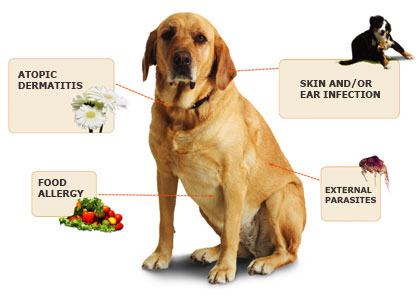
the holiday season brings with it office, school and family parties and other social gatherings with lots of food. and that could be life-threatening for thousands of people with food allergies. Officials estimate that food allergies affect 5 percent of children and 4 percent of adults. Not just peanuts although peanuts are often the first thing that comes to mind in terms of food allergies, they are only one of many foods that people have sensitivities to. “Nuts and shellfish are two of the most common food allergies,” Dr. Thomas Anderson, vice president for medical affairs with Summit Health, said. other common allergies include eggs, milk, tree nuts (pecans, walnuts, etc.), wheat, fish and soy, according to the National Institute of Allergy and Infectious Diseases, which noted most children will outgrow allergies to milk, soy and wheat as they get older. What to look for having food allergies is nothing to mess around with and Anderson said that anyone with allergies should know the symptoms of a reaction. “Some of the most common symptoms of food allergies are a rash, swelling of the lips, face, tongue, throat, or other parts of the body and/or trouble breathing,” Anderson said. Anderson said that constricted airways, shock with a severe drop of blood pressure, a rapid pulse and dizziness or lightheadedness are warnings to get to a doctor. About the guidelines NIAID recently released revised comprehensive food allergy diagnosis and management guidelines — after two years of work by more than 25 professional medical organizations, federal agencies and patient advocacy groups. the revised guidelines include recommendations to assist doctors in determining if their patients have food allergies. Key points in the guidelines include:
- Recognizing the difference between food allergies and food intolerance. Food allergies spark responses from the body’s immune system. Intolerance to lactose, gluten, MSG and sulfites in wine and other foods are uncomfortable, but not allergies.
- having the doctor get a history of the patient’s symptoms and asking the patient to eliminate the suspected food from their diet. If this has no effect, then doctors would order a skin prick test, where tiny amounts of the suspect allergen are injected under the skin. If welts form, it’s an allergy. the final option is an oral food challenge in which the patient eats the suspect food while under observation of a health professional. the guidelines caution that this should never be tried at home. a doctor or nurse needs to be on hand in case the food sparks a severe reaction.
- Providing advice on avoiding food allergens, including reading labels and washing hands and kitchen surfaces regularly.
On the Net niaid.nih.gov